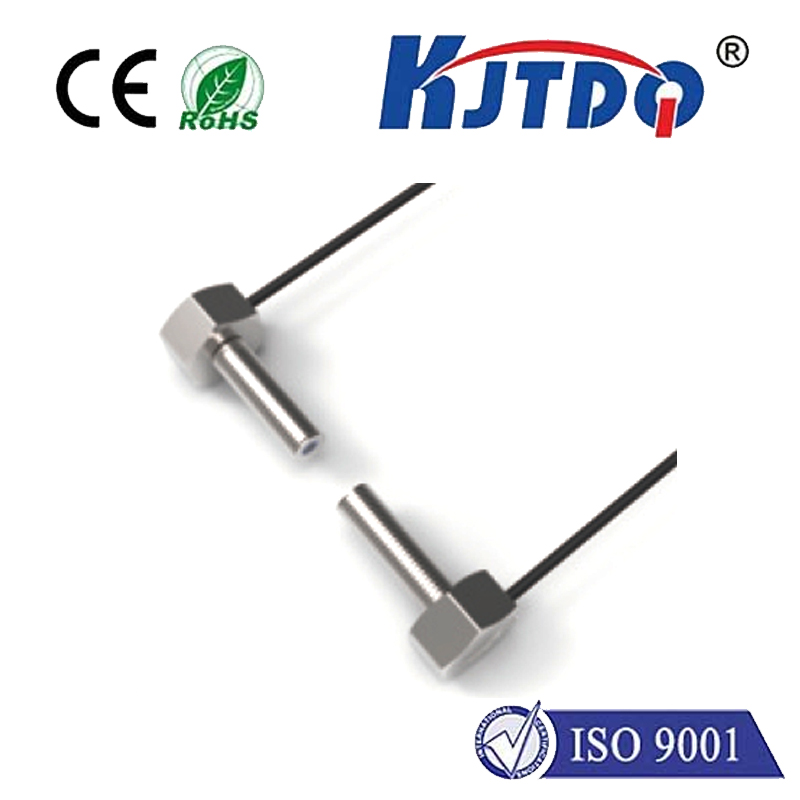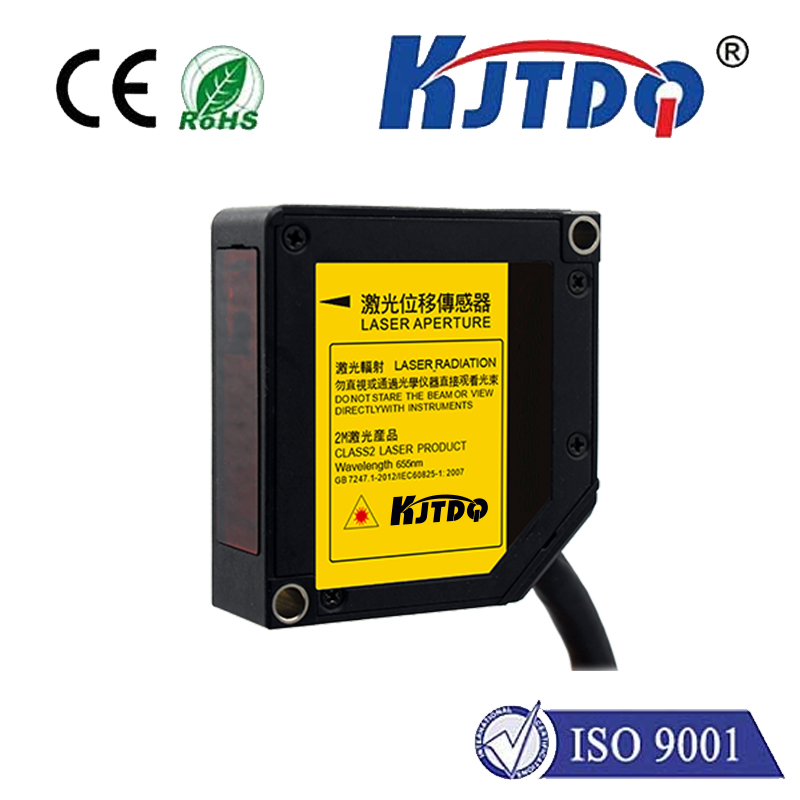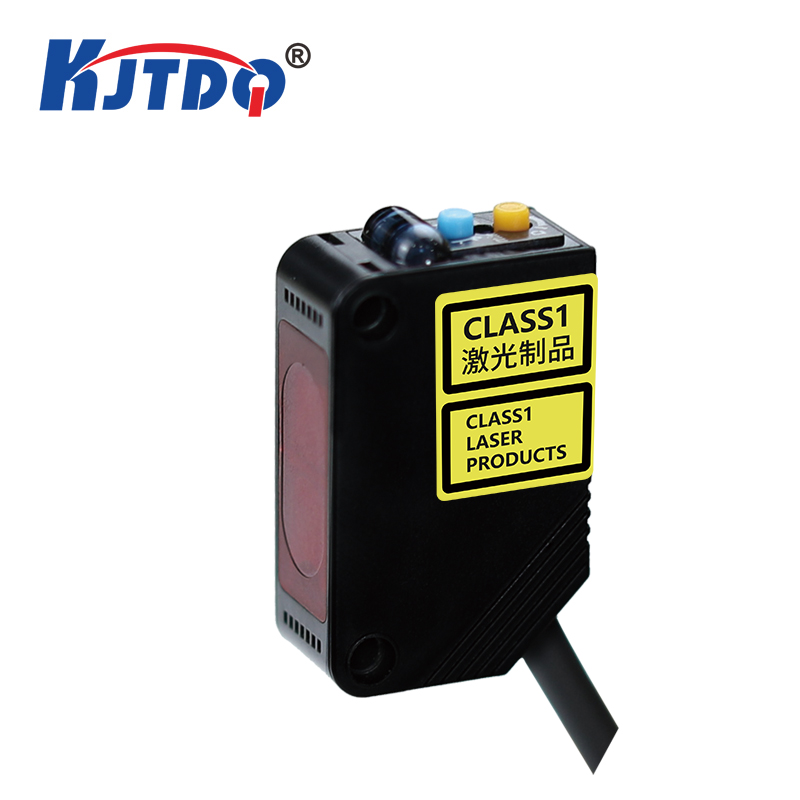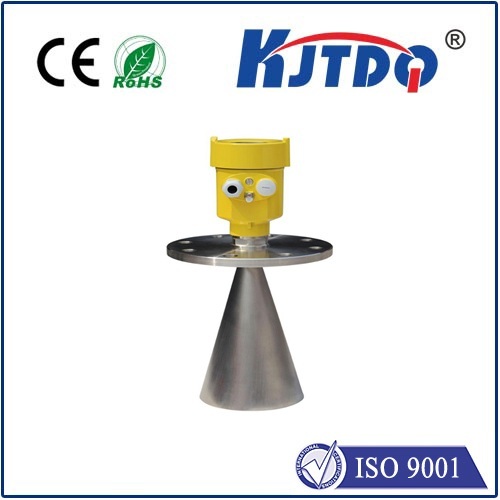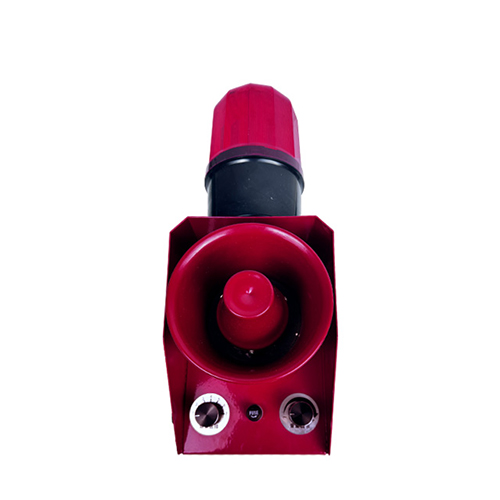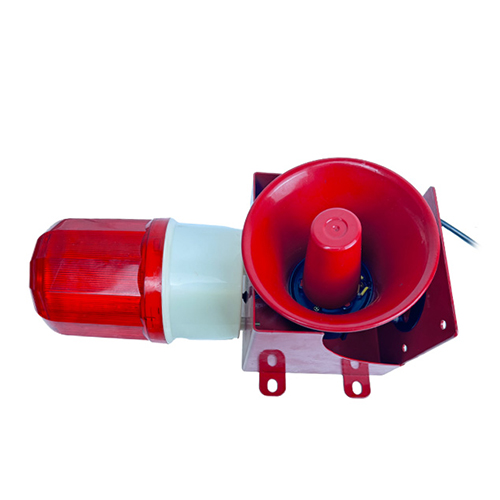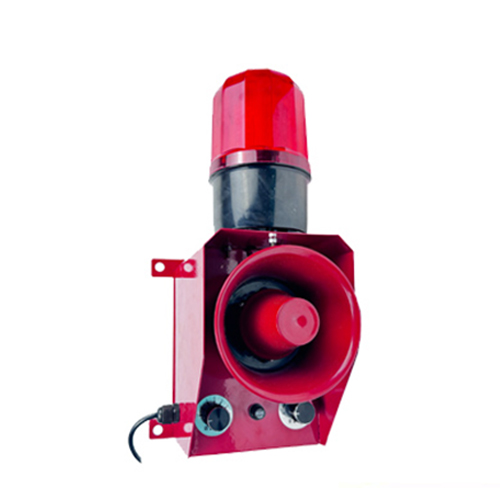

check

check

check

check
Picture this: a high-speed packaging line humming along, robotic arms darting with precision. A critical moment arrives – a metal component slides into position. Milliseconds matter. There’s no physical contact, no noticeable gap, yet a sensor instantly confirms its presence, triggering the next step seamlessly. The hero behind this invisible, reliable detection? More often than not, it’s a flush proximity sensor, the unsung guardian tucked away within machinery, making automation smarter, safer, and more space-efficient.
Understanding the term “flush proximity sensor” is key. “Proximity” signifies object detection without physical touch. “Flush” specifically refers to its installation style. Unlike traditional non-flush sensors whose sensing face protrudes, a flush proximity sensor is designed to be mounted entirely level (flush) with the surrounding mounting surface – like metal, plastic, or even concrete. This seemingly subtle difference unlocks significant advantages in demanding industrial environments.
The Core Distinction: Flush vs. Non-Flush
Flush Proximity Sensors: Imagine the sensor face sitting perfectly flat within its mounting bracket or machine frame. This design features protective shielding around the sensor element. This shielding offers crucial benefits:
Immunity to Surrounding Metal: The shielding prevents the sensor from being influenced or falsely triggered by the metal mounting surface itself. This is critical when mounting directly onto steel beams, equipment frames, or inside metallic enclosures. It allows for incredibly close mounting proximity to surrounding structures.
Physical Protection: Being mounted flush reduces the risk of the sensor face being accidentally bumped, scraped, or sheared off by moving parts or materials, increasing longevity.

Sleeker Profile: Ideal for space-constrained applications.
Non-Flush Proximity Sensors: These sensors have an exposed sensing face that protrudes beyond their housing. This unshielded design provides a longer nominal sensing range compared to a flush sensor of the same size. However, they are vulnerable to damage from impacts and must be mounted with sufficient clearance from surrounding metal objects to prevent false triggers. The “dead zone” around them requires careful planning.
How the Flush Proximity Sensor Works Its Magic
Most industrial flush proximity sensors operate on the inductive principle. At their core is an oscillator circuit generating a high-frequency electromagnetic field emanating from the sensor’s face. When a ferrous metal object (like steel or iron) enters this field, eddy currents are induced within the object. These currents cause a measurable damping or load on the oscillator circuit. The sensor’s electronics detect this change in oscillation amplitude (or sometimes phase shift) and subsequently switch its output signal (e.g., from OFF to ON). Solid-state reliability ensures millions of operation cycles without wear and tear.
Where Flush Mounting Reigns Supreme
The flush proximity sensor’s unique shielding makes it indispensable in numerous scenarios:
Key Selection Considerations
Choosing the right flush proximity sensor involves balancing several factors:
The Unseen Advantage: Reliability and Space Optimization
The flush proximity sensor is a cornerstone of reliable industrial automation not because it shouts its presence, but precisely because it doesn’t. Its ability to be mounted inconspicuously within the machine structure, immune to its metallic surroundings and protected from physical harm, provides an unparalleled level of robustness. While sacrificing a fraction of sensing range, it gains immense versatility and resilience, enabling automation solutions that are cleaner, more compact, and significantly more dependable.
By understanding the “flush” distinction and its powerful benefits – shielding, protection, and space efficiency – engineers and technicians can unlock smarter designs, minimize downtime, and ensure their automated processes run with the precise, unseen vigilance these remarkable sensors provide. They are the silent workhorses making the complex machinery of modern manufacturing hum.
